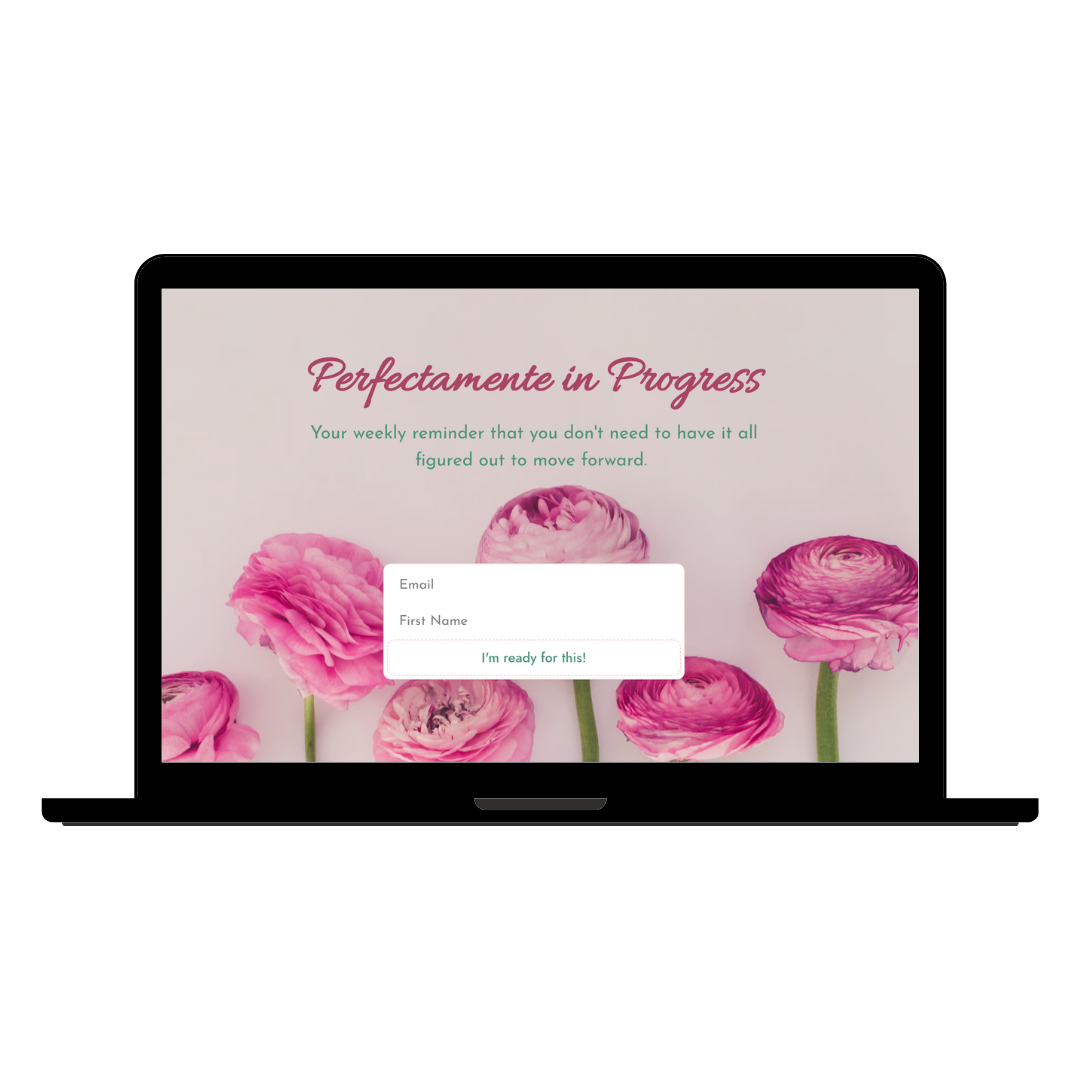Building Sustainable Routines That Actually Stick: A Fresh Start Guide
Starting fresh can feel overwhelming. Whether you’re navigating a career transition, moving to a new city, or simply ready to reset your daily habits, the pressure to build the “perfect routine” can leave you paralyzed before you even begin. But here’s the truth: building sustainable routines isn’t about perfection—it’s about creating intentional space for the person you’re becoming.
Why Most Routine-Building Fails (And How to Avoid the Trap)
The biggest mistake people make when building sustainable routines? Giving up after one imperfect day. You miss your morning walk once, skip your evening wind-down ritual, or forget to meal prep on Sunday, and suddenly you’ve convinced yourself you’re “bad at routines.” Sound familiar?
This all-or-nothing mentality sets us up for failure before we even start. Real routine-building isn’t about maintaining a perfect streak—it’s about creating systems that work with your life, not against it. The challenge isn’t willpower; it’s designing routines that can bend without breaking when life inevitably gets in the way.
The Foundation: Building Routines That Center YOU
Start With Your Morning Energy (Before the World Gets to You)
Your morning sets the tone for everything that follows. Before you check email, before you rush out the door, before the demands of the day take over, pause and ask yourself: “What does my body and mind need right now?”
This isn’t about following someone else’s 5 AM productivity routine. It’s about creating a morning practice that connects you to yourself before connecting to others. Maybe it’s gentle mobility movement to wake up your body. Maybe it’s sitting with your coffee in complete silence. Maybe it’s journaling for five minutes or stepping outside to feel the fresh air.
Green flags of sustainable morning routines:
- Takes 15 minutes or less on busy days
- Doesn’t require expensive equipment or specific locations
- Energizes rather than depletes you
- Can be modified when traveling or during disruptions
- Feels like self-care, not another task to complete
Set Intentions, Not Just Goals
Goals focus on outcomes: “I need to be more organized” or “I have to exercise five times a week.” Intentions focus on how you want to feel: “I want to feel calm and prepared when I start my workday” or “I want to feel strong and energized in my body.”
The energy behind intentions creates more sustainable habits than rigid goal-setting porque intentions allow for flexibility while goals often create shame when life happens.
Try this reframe:
- Instead of: “I must meditate for 20 minutes daily”
- Try: “I want to create moments of peace in my day”
This opens up possibilities—meditation, yes, but also mindful breathing during your commute, a peaceful lunch away from your desk, or even mindful dishwashing in the evening.
Making Time for What Actually Matters
Block Time for Yourself Like You Would for Others
The most common challenge people face with routine-building isn’t motivation—it’s time. We protect meeting time with colleagues, family dinners, and social commitments, but somehow our own self-care gets pushed to “when I have time.”
Here’s your permission slip: put your personal priorities in your calendar like they’re non-negotiable appointments (porque they are!).
Practical calendar blocking strategies:
- Morning Buffer Time: Block 15-30 minutes before your first meeting for your morning routine
- Lunch Protection: Schedule “lunch with myself” to prevent meeting creep into meal breaks
- Evening Boundaries: Set a hard stop time for work to protect wind-down routines
- Weekend Prep Time: Block time for meal prep, planning, or life admin so Monday doesn’t feel chaotic
Build Your Support System
Don’t try to build new routines in isolation. Whether it’s your manager understanding your new schedule boundaries, your partner supporting your morning routine, or friends joining you for accountability—sustainable change happens in community.
Share what you’re working toward and ask for the kind of accountability that feels supportive, not judgmental. This might mean:
- Communicating with your team about new schedule boundaries
- Asking family members to support your routine by handling certain responsibilities
- Finding accountability partners who share similar goals
- Setting clear expectations about when you’re available versus when you’re in “routine mode”
Navigating the Emotional Side of Fresh Starts
Give Yourself Permission to Grieve AND Grow
Fresh starts don’t mean we have to immediately forget what came before. You can be excited about new opportunities AND still process the emotions from difficult transitions. This emotional honesty actually supports your routine-building porque it prevents you from using new habits as a way to avoid processing change.
If you’re building routines after a job transition, relationship change, or major life shift, acknowledge that some days your routine might look different because you need space to feel your feelings. That’s not failure—that’s being human.
Signs you’re honoring both grief and growth:
- You can talk about what you’ve lost without minimizing it
- You allow flexibility in your routines during emotionally difficult days
- You’re building toward something new while processing what’s ending
- You seek support for both your practical goals and emotional needs
When Routines Fall Apart (And How to Get Back On Track)
The One-Day Rule
Here’s the most important rule for building sustainable routines: never let one missed day become two. Life will interrupt your routine—family emergencies, work deadlines, illness, travel. The routine itself isn’t what matters; it’s your ability to return to it without self-judgment.
When you miss a day:
- Acknowledge it happened without drama: “I missed my morning walk today” instead of “I’m terrible at sticking to anything”
- Identify what got in the way: Was it realistic? Do you need to adjust timing or expectations?
- Return to your routine the next day: Even if it’s a modified 5-minute version
- Resist the urge to “make up” for lost time: Don’t double up tomorrow to compensate
Adjust, Don’t Abandon
If your routine consistently isn’t working, it might need tweaking rather than throwing out entirely. Maybe your 6 AM workout needs to become a 6 PM walk. Maybe your elaborate morning routine needs to be simplified to three essential elements. Maybe your weekend meal prep works better as mid-week batch cooking.
Red flags that signal need for adjustment:
- Consistently skipping the routine more than doing it
- Feeling stressed or overwhelmed by the routine itself
- Needing perfect conditions for the routine to work
- The routine taking significantly longer than planned
- Dreading the routine instead of looking forward to it
Recuerda: Routines should serve you, not stress you out.
Building Your Fresh Start Routine: A Practical Framework
Week 1: Observation Mode
Don’t change anything yet. Simply notice your current patterns. When do you have the most energy? What time of day feels most chaotic? What activities make you feel more like yourself? Track these patterns without judgment.
Week 2: Choose One Thing
Pick ONE routine element to focus on. Maybe it’s a 10-minute morning walk, drinking water before coffee, or setting a consistent bedtime. Focus solely on this for the entire week. Success = consistency, not perfection.
Week 3: Add Intention
Once your one thing feels natural, add intention around it. If your morning walk is the habit, your intention might be “starting my day with movement and fresh air to feel grounded.” This deeper connection makes the routine more meaningful.
Week 4: Expand Mindfully
Only after three weeks of consistency should you consider adding another element. Remember: sustainable routines grow slowly. It’s better to have one rock-solid routine than five shaky ones.
Advanced Strategies for Long-Term Success
Create Routine Stacks
Link new habits to existing ones. If you already brush your teeth every morning, use that as an anchor for your new routine. “After I brush my teeth, I’ll do 5 minutes of stretching.” This uses existing neural pathways to support new behaviors.
Design for Your Worst Days
Build routines that work even when you’re tired, stressed, or overwhelmed. If your ideal morning routine is 30 minutes, create a 5-minute version for difficult days. Having options prevents all-or-nothing thinking.
Track Progress, Not Perfection
Focus on consistency over completion. A simple check-in: “Did I show up for myself today in some way?” Success might look different daily, and that’s exactly the point.
The Truth About Building Sustainable Routines
The best routines aren’t about productivity optimization or becoming a “morning person” if you’re naturally a night owl. They’re about creating intentional space for the person you’re becoming. They honor your actual life—your work schedule, your family responsibilities, your energy patterns—rather than forcing you into someone else’s ideal.
Your routine might look completely different from what you see on social media or read in productivity blogs, and that’s exactly how it should be. The only routine that works is the one you can maintain with compassion for yourself, not perfection.
Building sustainable routines is an act of self-respect. It’s saying “my wellbeing matters” and “I deserve intentional time and space.” The goal isn’t to become a different person overnight—it’s to create systems that support the person you already are while making space for who you’re becoming.
Ready to Start Fresh?
Start small, be patient with yourself, and remember that the goal isn’t perfection—it’s progress that feels genuinely yours. What one small routine element will you commit to this week? Pick something that feels good rather than something you think you “should” do. Your future self will thank you for choosing sustainability over perfection.
Subscribe to the Newsletter








